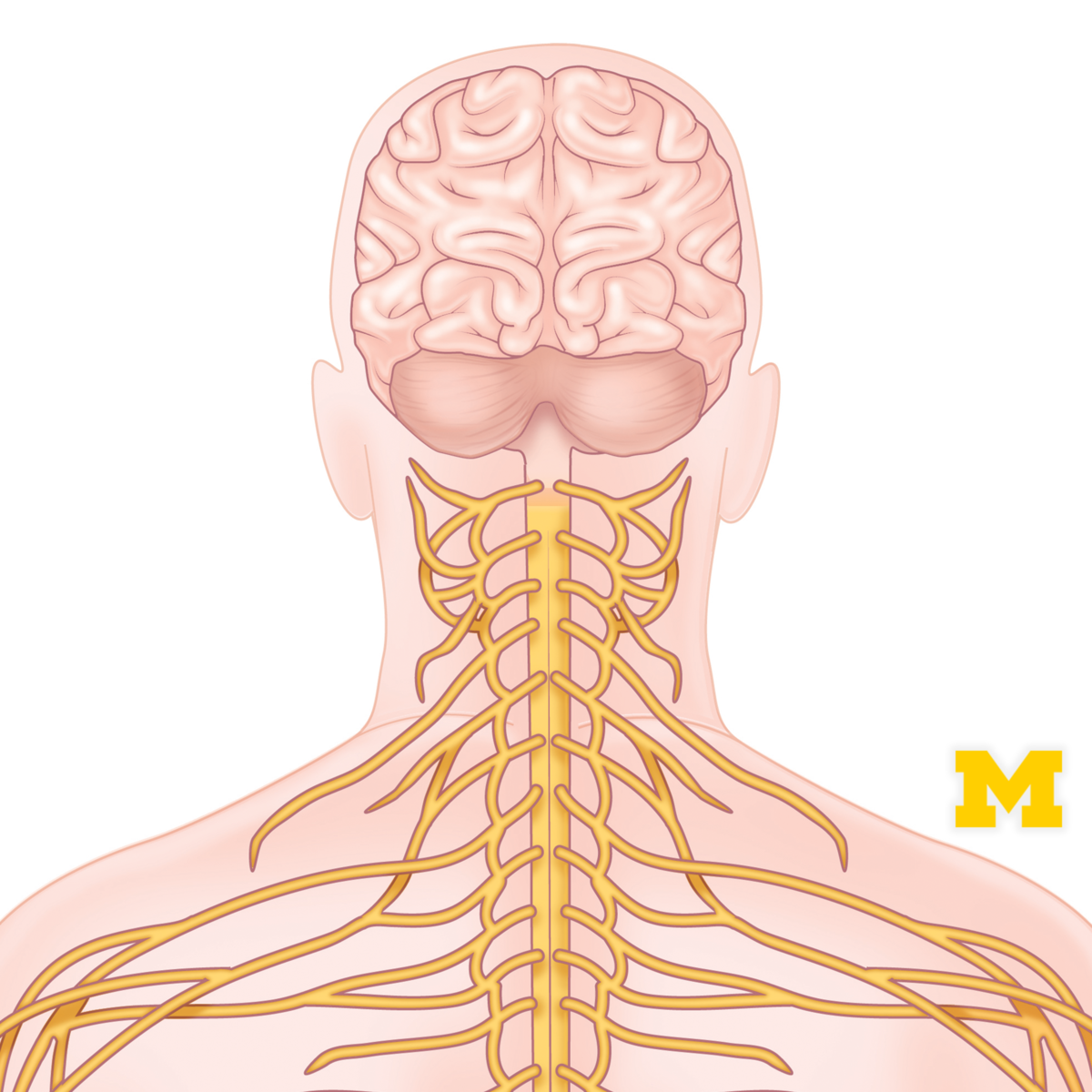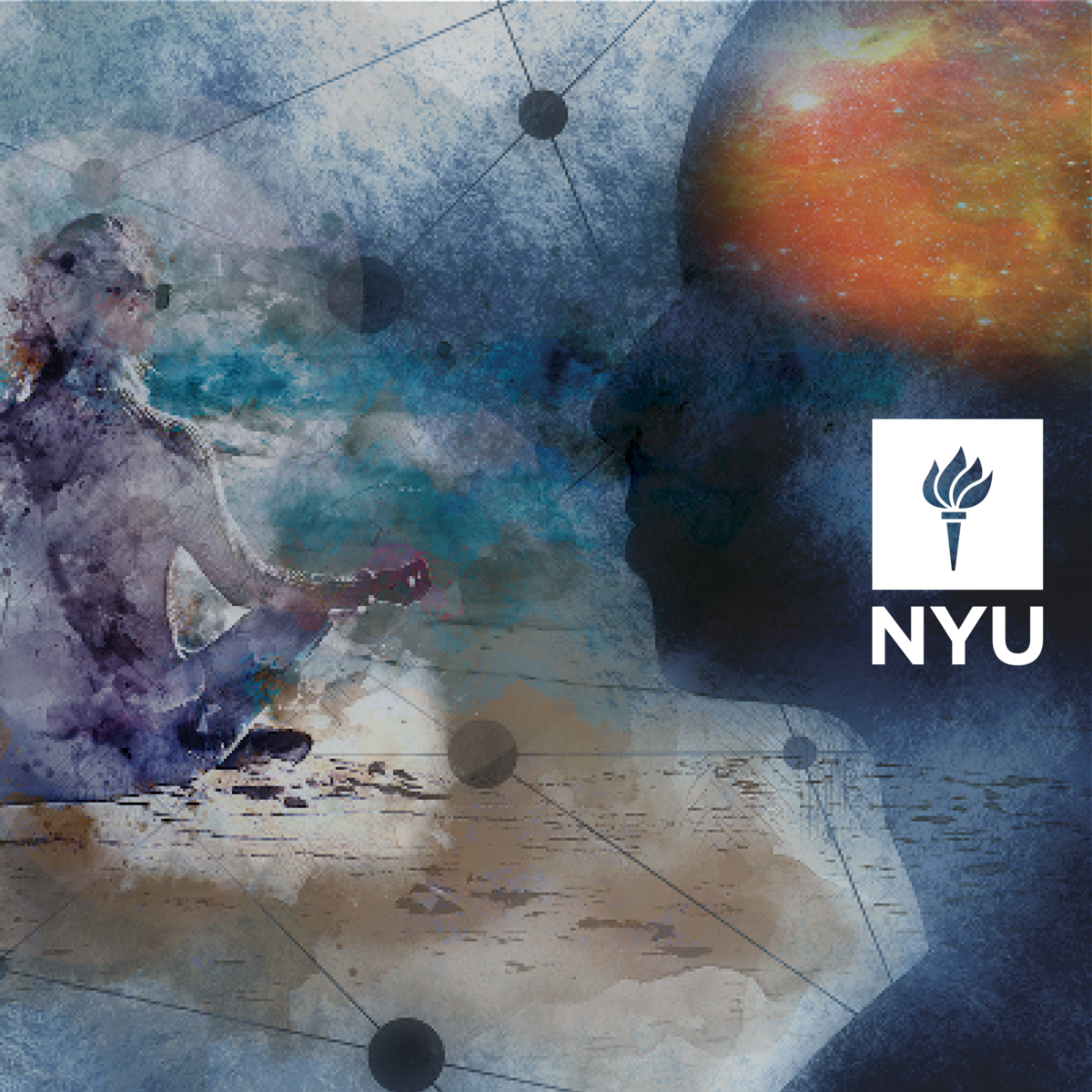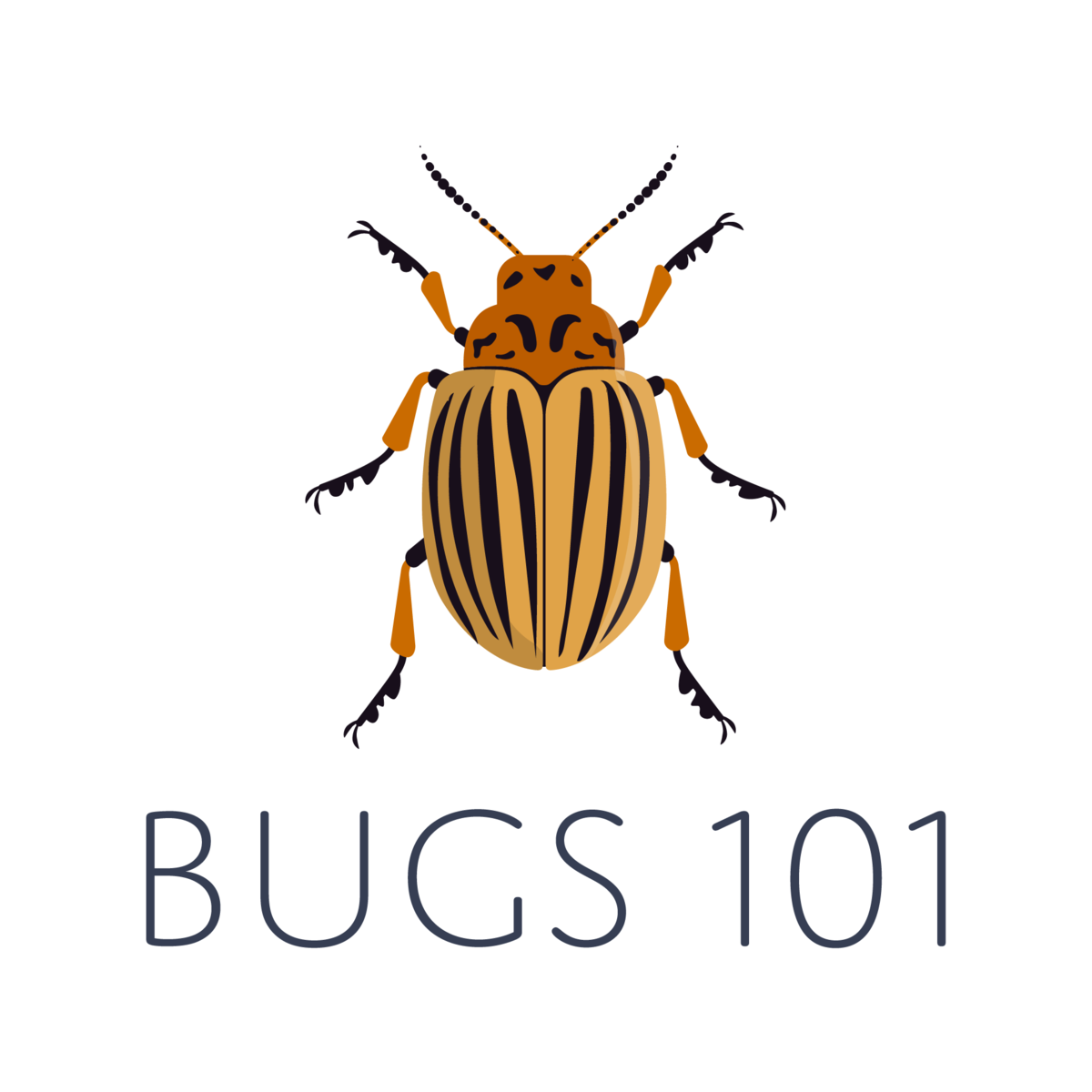Back to Courses









Basic Science Courses - Page 3
Showing results 21-30 of 128

Anatomy: Human Neuroanatomy
In this anatomy course, part of the Anatomy Specialization, you will be introduced to the central and peripheral nervous systems. You will learn about basic neuroanatomy, sensory pathways, motor pathways and the autonomic nervous system.
The course includes illustrated lecture videos and quizzes to help you expand and test your knowledge of the nervous system.
By the end of this course, you will have a better understanding of how the entire body influences, and is influenced, by the nervous system.

Engineering Health: Introduction to Yoga and Physiology
This course gives you access to an exploration of physiological systems from the perspective of overall health and wellness. In particular, a focus on yoga, meditation and mindfulness as a therapeutic intervention in chronic illness and long term treatment. This course is intended for yoga practitioners and teachers, as well as college students and medical practitioners looking for a deeper understanding of the physiological benefits of yoga. The value of taking this course is to understand the impact that yoga can have on reducing stress, and aiding in healing or preventing physiological pathologies. Throughout this course, we will learn about different physiological systems and highlight yoga practices that can influence different systems and reduce pathology. Reading material will include analysis of scientific studies that have successfully utilized yoga practice as a tool for treatment of various illnesses such as: hypertension, stress, diabetes, insomnia, chronic pain and PTSD. In order to understanding these conditions, lectures will provide a complete understanding of the correlating physiological system. The weekly course assignment will include physiology lectures, a weekly yoga practice, suggested readings, and optional discussions for a total of 3-5 hours per week. The course will provide a tremendous amount of information and hands on experience for those interested in alternative health perspectives and a more in depth scientific understanding of this ancient healing method.

Implant Dentistry
Implant Dentistry is one of the most dynamic and rapidly developing areas within oral health care. In spite of increasing popularity of implantology, it is a relatively new discipline within dental education and remains limited to post-graduate courses offered by dental schools in many parts of the world today.
With the vision to help dental practitioners gain clinical understanding of implantology and an opportunity to provide implant treatments to their patients, the Faculty of Dentistry of HKU (ranked No. 1 dental school in the World in 2016) developed this MOOC to provide a world-class quality, unbiased, evidence-based and clinically-oriented course in this discipline.
Watch course trailer: https://youtu.be/ZZMLyy2EwEo
Who are the faculties?
The course teachers include more than 20 implant experts from 10 countries. Among others, you will learn from Professor NP Lang (Switzerland / Hong Kong), Professor Christoph Hämmerle (Switzerland), Professor Rino Burkhardt (Switzerland), Professor Paul Weigl (Germany), Professor Saso Ivanovski (Australia), Professor Man Yi (China), Professor Vasilios Chronopoulos (USA/ Greece), Dr Richard Chan (Australia), Dr Martin Janda (Sweden), Dr Chatchai Kunavisarut (Thailand), Dr Ian HS Yip (Hong Kong) , Dr Michael Ho (Hong Kong), Dr Irina-Florentina Dragan (USA), Dr Adam Siu (Hong Kong), Dr James Chow (Hong Kong), Dr Alfred Lau (Hong Kong), Dr Coral Yao (China), Dr Nikos Mattheos (Hong Kong) and more.
What are the contents covered in the course?
The MOOC includes 5 modules and runs over a period of 5 weeks. We will begin the journey of Implant Dentistry by exploring how discoveries in biology and technological developments lead to the current practice of dental implants. Then, we will examine clinical cases, diagnose our patients’ needs and expectations and learn the principles of treatment planning. We will learn step-by-step surgical procedures for placing implants and various restorative techniques, directed by current evidence and best practices. Finally, we will investigate major threats and complications of implant procedures and ways to ensure successful treatments and long serving implants.
What is the aim of the course?
This MOOC has a strong clinical focus and is especially designed to enhance professional learning among dental practitioners and dental students. The course aims to help the students LEARN the fundamentals of implant dentistry, UNDERSTAND the treatment procedures and protocols, and APPLY the competences gained through interactive peer and case based learning.
Who is the course for?
The course is specially designed to serve multiple groups of learners: From intermediate and experienced general dental practitioners who want to establish and deepen their knowledge in implant dentistry and advance towards implementing implant treatment and restorative procedures, to dental students and recent graduates who wish to gain understanding of implant dentistry and increase their competence in related practice.
The course makes good use of evidenced-based education, sound eLearning pedagogies and 21st century “live” resources to engage and create the best learning experience for our students.

Translating Basic Research into Research for Humans
The first phase of translational research — known as “T1” — is the process of moving foundational scientific discoveries into possible approaches for real-world health applications. This course focuses on innovations in basic science discovery, including drug discovery and repurposing and animal studies, that lead to new methods of diagnosis, treatment, and prevention in highly controlled settings. You’ll also discuss the role of the federal government to support and regulate translational research as it moves from basic science to human interventions.
This is the second course of five in the “Translational Science” series.

Paleontology: Theropod Dinosaurs and the Origin of Birds
Paleontology: Theropod Dinosaurs and the Origin of Birds is a five-lesson course teaching a comprehensive overview of the origins of birds. This course examines the anatomy, diversity, and evolution of theropod dinosaurs in relation to the origin of birds. Students explore various hypotheses for the origin of flight. Watch a preview of the course here: https://uofa.ualberta.ca/courses/paleontology-theropod-dinosaurs
Visual Perception and the Brain
Learners will be introduced to the problems that vision faces, using perception as a guide. The course will consider how what we see is generated by the visual system, what the central problem for vision is, and what visual perception indicates about how the brain works. The evidence will be drawn from neuroscience, psychology, the history of vision science and what philosophy has contributed. Although the discussions will be informed by visual system anatomy and physiology, the focus is on perception. We see the physical world in a strange way, and goal is to understand why.

The Big Stuff: Evolution and Ecology
In this course, we will explore how evolution works to generate new species, the wide variety of life on earth. We will also touch on the importance of biodiversity for the overall health of our planet, and for our well being as humans. Then we will discuss ecology and the interconnectedness of life and touch on one big ecological issue in today’s society, conservation.

Bugs 101: Insect-Human Interactions
Of all the animals on earth, which are the strongest for their size? What about the fastest? Who were the first animals to evolve flight? Insects take all of these titles and more! As the most abundant animals on the planet, insects and other arthropods affect our lives in so many ways. From beneficial interactions like pollination and biological pest control, to the transmission of life threatening diseases; this course will teach you about the big ways that these little arthropods impact our lives.
In Bugs 101: Insect-Human Interactions, you will be plunged into the diverse (and sometimes alien) world of arthropods to learn how they work, what they do, and how insects and humans interact every day.
After completing this course, you will be able to:
Describe the evolutionary relationships between insects and their arthropod relatives
Inventory major groups of insects and their diversity
Demonstrate evolutionary adaptations that make insects successful
Discuss insect biology and human-insect interactions
Evaluate positive and negative interactions between insects and humans
Propose practical and symbolic roles insects play in human societies

Introduction to Breast Cancer
Welcome to an Introduction to Breast Cancer! In this course, we’ll learn a bit about the leading cause of cancer in women worldwide – from the basic biology of the disease, to risk factors and prevention, to treatment modalities to survivorship. We’ll talk to leading experts, explore some of the milestone studies that have pushed this field forward, and have interactive discussions on discussion boards and social media. You’ll even have an opportunity to let us know what topics you want to cover on tweetchats, so we can try to make the content fit your interests.
There is something in this course for everyone – if you’re a breast cancer survivor or the friend/family member of someone with this disease, this course will help you to better understand this disease, and give you ideas for questions you may want to ask your doctor. Maybe you’re a healthcare provider or studying to be the same, this course is a great refresher on where the state of the science is. If you’re a healthcare administrator wondering about how the interdisciplinary components of breast cancer care fit together, or an entrepreneur thinking about unmet needs in this space, or someone in public health interested in prevention, this course is also for you!
Are you ready to learn a lot, and have some fun while we’re at it? If so, I hope you’ll join us! Let’s get started!!!

Lecture Series for Preventing and Controlling COVID-19
In December 2019, a cluster of patients with pneumonia of unknown cause appeared in Wuhan, Hubei. Governments at all levels and Department of Health Administration highly valued and rapidly organized the centers for Disease Control and Prevention (CDC), medical institutions, and scientific research academies to conduct a survey, rescue, and collaborative research. This new antigen was quickly identified as a novel coronavirus, named as 2019-nCoV by World Health Organization (WHO). Meanwhile, the pneumonia caused by it was named as novel coronavirus pneumonia. Implementing the decisions by the CPC Central Committee and State Council with Xi at the core, the whole country took comprehensive actions in social mobilization and deployment, taking epidemic control a most important work in the immediate future. The spread of the epidemic has been effectively controlled. However, novel coronavirus has spread to the whole world thereafter, so it called for closer international cooperation in epidemic prevention and control. Based on this situation, it was urgent to set a new MOOC program about COVID-19 and impart scientific knowledge of the disease to foreign students, undergraduate students, and all the other common people abroad, laying a solid foundation for the triumph of the war against COVID-19.
The novel coronavirus is a new strain of coronavirus that had never been found in humans before. This huge family already known can cause cold or Middle East Respiratory Syndrome (MERS), Severe Acute Respiratory Syndrome (SARS) and other severe diseases. The main signs and symptoms of the infected people include respiratory symptoms, fever, dry cough, shortness of breath, and dyspnea, etc. In severe and critical cases, there will appear pneumonia, severe acute respiratory syndrome, kidney failure, and even death. The two-month war against COVID-19 has helped us accumulate loads of experience in disease prevention, control, diagnosis, and treatment, which can be shared with the whole world as a reference.
In front of the need of our students and common people on COVID-19 prevention knowledge, the Health Science Center of Xi’an Jiaotong University has organized related experts to issue the English lectures of the epidemic prevention and control for people at home and abroad and international community. The contents are mainly about “Introduction,Diagnose,therapeutic Strategy and Prevention for COVID-19”. Through this course, we sincerely hope all our students and the common peoples of the world have scientific knowledge of COVID-19 and increased self-protection awareness, improving international community’s capacity for the prevention and control of COVID-19. We should work in great unity, take science-based and targeted measures against the epidemic, and have confidence in conquering the virus.
Popular Internships and Jobs by Categories
Find Jobs & Internships
Browse
© 2024 BoostGrad | All rights reserved